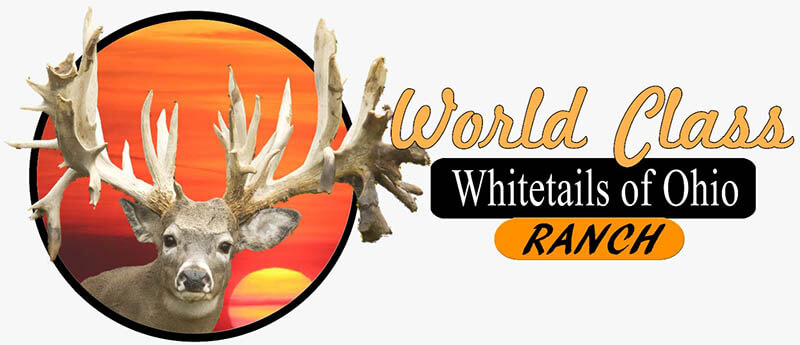Deer hunting is a great way to build relationships and promote healthy relationships. The first step in whitetail deer hunting is understanding the behavior of deer. Understanding how they behave during specific seasons will give you an advantage come fall. By understanding the behavior of deer, you can make adjustments to your hunting strategy and habitat that will improve your success.
Whitetail deer habitat needs vary greatly by region and season. In northern Michigan, for example, deer use conifer swamps during the cold winter, then venture out during warmer days to feed on brush. In farmland areas, deer use cattail marsh to protect fawns and bed in woodlots. In suburban areas, they may graze on golf courses or seek out a brushy hillside behind a shopping center.
Whitetail deer can live up to 18 years. It is uncommon for them to live that long. However, the deer are known for their intelligence and resilience. They can survive the intrusions of man and thrive in suburban and city areas. Whitetail deer are extremely crafty and hide in dense vegetation. They also exhibit a large repertoire of signals through their body language and odors.
Deer need a boost of vitamins and minerals in order to stay healthy. Although they live in mineral-rich zones, they may not get the necessary nutrients from the food source they get. Mineral supplements can help them to grow antlers and raise fawns.
Whitetail deer hunting has become a great way to build healthy relationships between man and animal. It is a great way to celebrate the season, while helping wildlife and habitat conservation. In addition to promoting healthy relationships, whitetail deer hunting is also good for you. Thousands of people enjoy this outdoor activity and enjoy spending time with the animals.
The process of growing antlers is taxing for bucks. Typically, they shed their antlers by early April, although some bucks shed their antlers earlier. During the spring and summer, new growth sprouts in much of whitetail country. During the summer, males can grow nearly a quarter inch of antler growth per day.
As the seasons change, the deer move from one location to another in response to changing food sources. Their diet is critical to their survival. The fall food supply needs to be plentiful and nutritious to ensure the deer stay healthy. The deer prefer early growing grasses and legumes. They also prefer medium-red or alsike clovers.
The process of hunting deer is an important part of a healthy relationship with wildlife. The hunter must learn the behavior of the whitetail deer before engaging in any hunting activity. If the deer do not respond to the scent of their host buck, they are unlikely to engage. They can also sense human odors, which can cause the deer to move closer to the stand.
Hunting is a great way to create healthy relationships with wildlife and protect your land. It is a one-to-one experience that creates indelible memories. It is also a great way to combat the COVID-19 epidemic. It’s important to choose safe hunting for the sake of your family’s safety.

